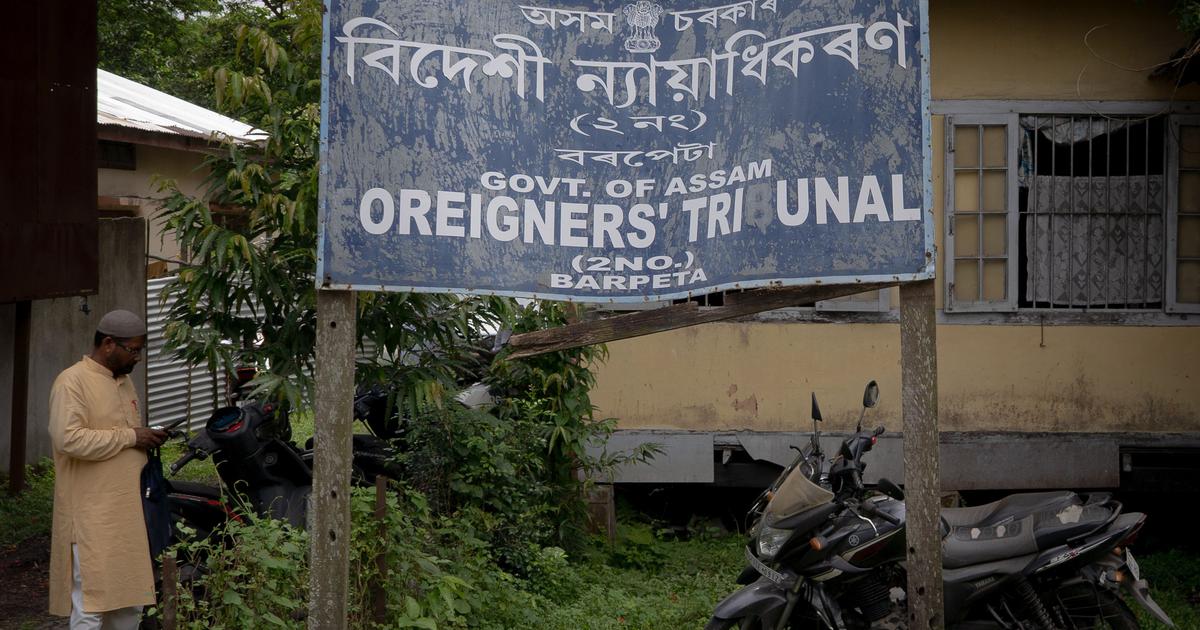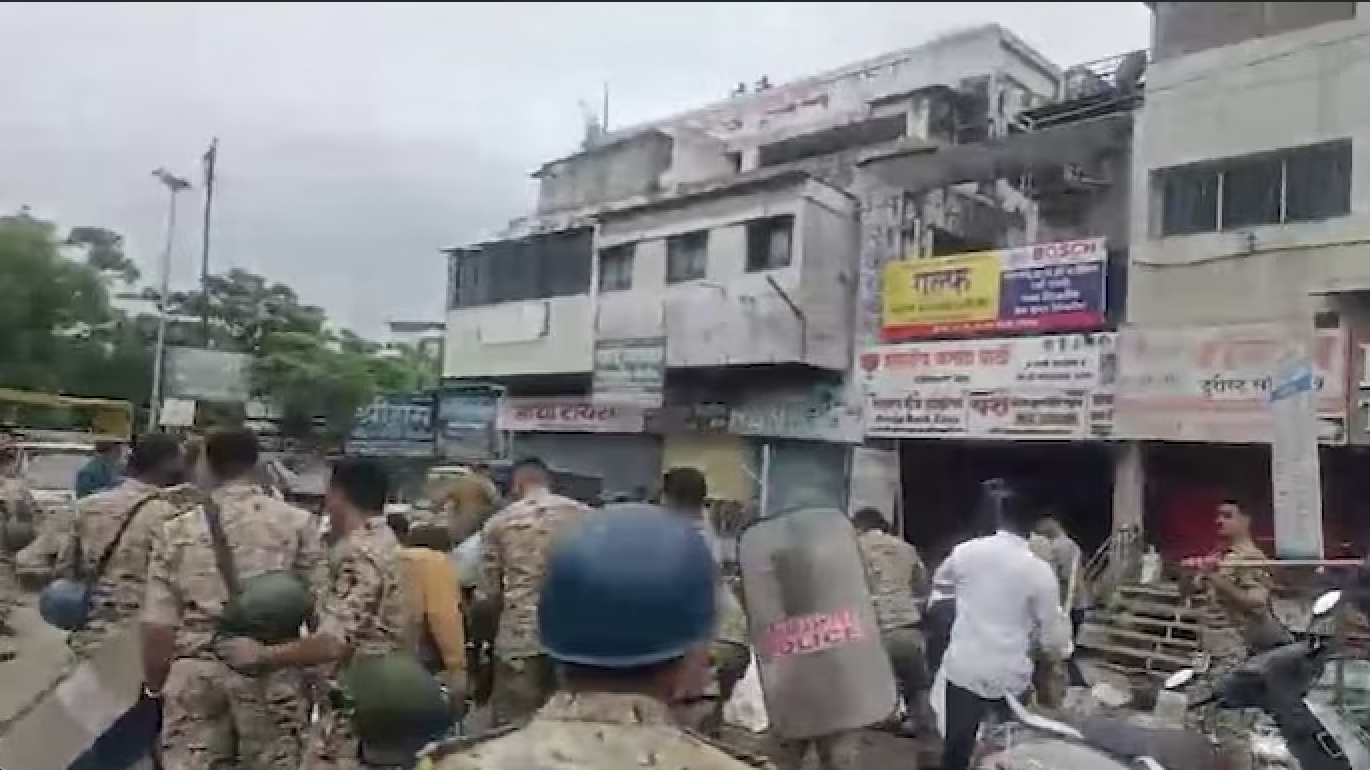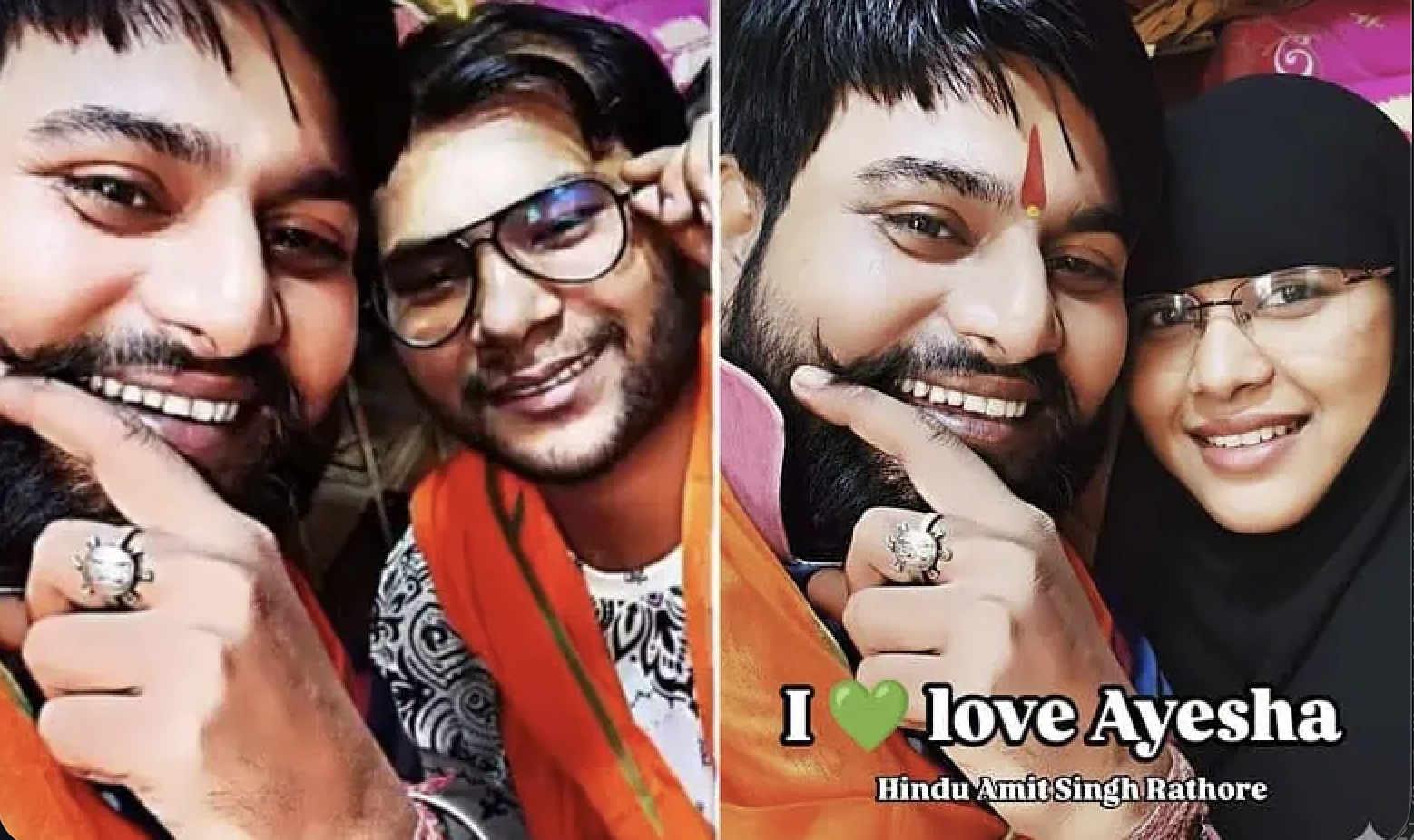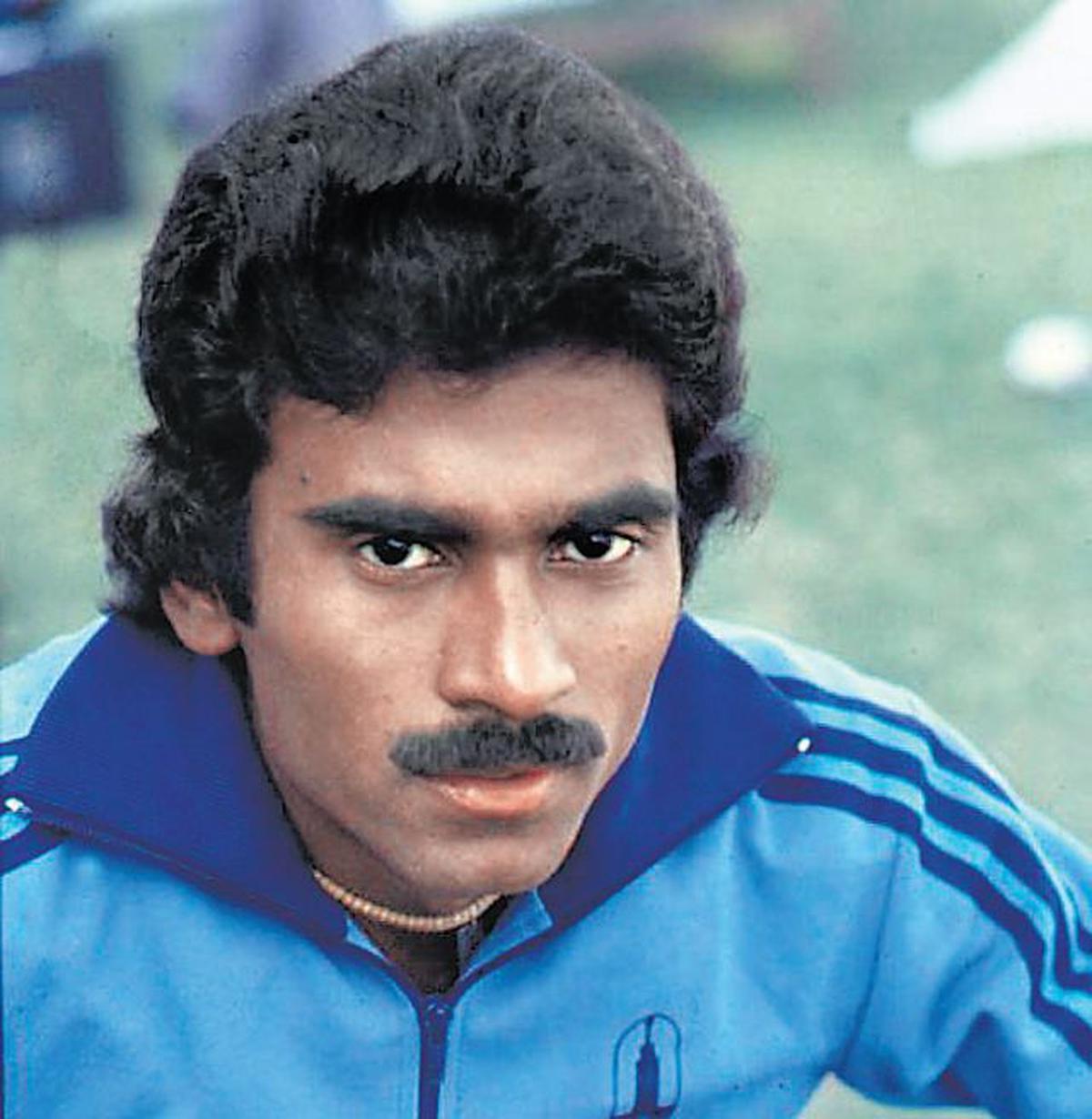
POLARISATION: It works on two levels for the BJP: faith as the primary divider and class as the other differentiator. PTIBy Radhika Ramaseshan
YOGI Adityanath never speaks off the cuff. Every statement he utters, however outrageous and bigoted, is thought through, keeping a long-term political objective in mind. With the Assembly elections looming closer in Uttar Pradesh, what can its Chief Minister’s intention possibly be when his words trigger a controversy but to address the polity in the language he thinks UP best comprehends and relates to, and antagonise and alienate the political opponents? The constituents whose votes he does not care for?
On September 12, at a public meeting in Kushinagar, a town bordering Nepal in east UP and peopled predominantly by backward castes and Dalits, Adityanath gave full play to his extraordinary ability at stoking communal sentiments under the guise of speaking on welfare and development. He claimed that Prime Minister Narendra Modi had ‘radically’ altered the vikas agenda by stripping it bare of the ‘past maladies’, such as riots, terrorism, corruption and injustice, and enabling it to live up to Modi’s ‘ideal’ of ‘sabka saath, sabka vikas, sabka vishwas’.
But rhetoric requires the imagery of the click-bait genre, imagery that could jog the listeners’ recall potential and situate the verbal representations in a larger context that draws from the Sangh’s ideology. Adityanath gave it all.
He alleged that before 2017, before he was anointed to rule UP, the rations targeted towards the poor never reached the beneficiaries because the “food was digested by those who use the term ‘abba jaan’ (Urdu for father)”.
The crowds reportedly cheered the CM. He singled out Muslims as the primary and principal recipients of the state’s ‘appeasement’ policies and, in this case, food supplies at controlled prices were used to make a point that was easily fathomable.
The usage tied in neatly with a sentence that the BJP had plucked out of a speech made by former PM Manmohan Singh on his government’s fiscal priorities in a National Development Council meeting on December 10, 2006. Singh had listed agriculture, irrigation and water resources, health, education, critical investment in rural infrastructure, and the essential public needs of the general infrastructure as his government’s priorities with programmes to uplift Dalits and Adivasis, other backward classes, minorities and women and children.
His submission on the minorities was, “We will have to devise innovative plans to ensure that minorities, particularly the Muslim minority, are empowered to share equitably in the fruits of development.” The next sentence, twisted and de-contextualised, formed the kernel of the BJP’s campaign against the Congress for time to come. Singh said, “They must have the first claim on resources.”
The BJP restricted the use of ‘they’ to mean only Muslims while the government later clarified that the collective noun referred to the groupings, including Dalits and tribes, who Singh had lined up for the government’s special attention and focus.
The damage was done. The BJP’s discourse over Muslims allegedly cornering the UPA dispensation’s largesse was swallowed by a larger constituency that rejected the official explanation.
Coupled with the Sachar panel report on the status of minorities since Independence — its recommendations were never acted upon — the BJP’s appeasement trope was a hit in the 2014 elections. The Congress was helpless in countering the BJP’s cannonade. In 2019, Adityanath dredged it up. In serial election meetings, he asked that if Muslims had the “first right over resources”, what was left for the Jats, Gujjars and Dalits?
The backlash on social media, under the rubric hashtag #AbbaJaan, served Adityanath’s purpose. The non-Muslims, who offered solidarity, posted pictures of their fathers, and, importantly, declared their social provenance as upper class/caste children of bureaucrats and army officers, denoting a social status far removed from the crowds that applauded Adityanath at Kushinagar. The ‘unwashed masses’, as the fashionable label them.
With the championing of Hindi on Hindi Day, Amit Shah’s fervent advocacy to use Hindi with the first languages (has the BJP given up on the South?) and the thematic use of ‘Lutyens’ Delhi’ to signify an English-speaking elite feathering its nest from the Nehruvian period, polarisation works on two levels for the BJP: faith as the primary divider and class as the other differentiator.
Akhilesh Yadav and his Samajwadi Party have tiptoed around communally polarising issues, fearing that their Hindu votes might again move to the BJP. Akhilesh’s only response was that since the BJP government was on its way out, the CM’s “language has changed”, but he added that the people wanted a return to the SP regime and the kind of work it had done. There lies the nub of the problem.
Akhilesh may wax eloquent on the highways he commissioned and managed to raise, and the hospitals and health centres that purportedly came in handy during the Covid-19 pandemic, but anybody who has covered the 2017 Assembly polls closely would testify that apart from the Modi ‘wave’ and a consolidation of the Hindu votes, Akhilesh was rebuffed because the perception that he had not delivered on the myriad pre-poll promises had rapidly gained currency.
Development has rarely, if ever, worked as an electoral cement in UP. It has become more irrelevant since the 1990s. Adityanath and the BJP have recognised the reality and are, therefore, pandering to the only strength they have in their armoury: accentuating the communal divide. The Opposition, especially the SP, is on test. How long will it prevaricate over the issues the BJP has flagged?
This story first appeared on tribuneindia.com






